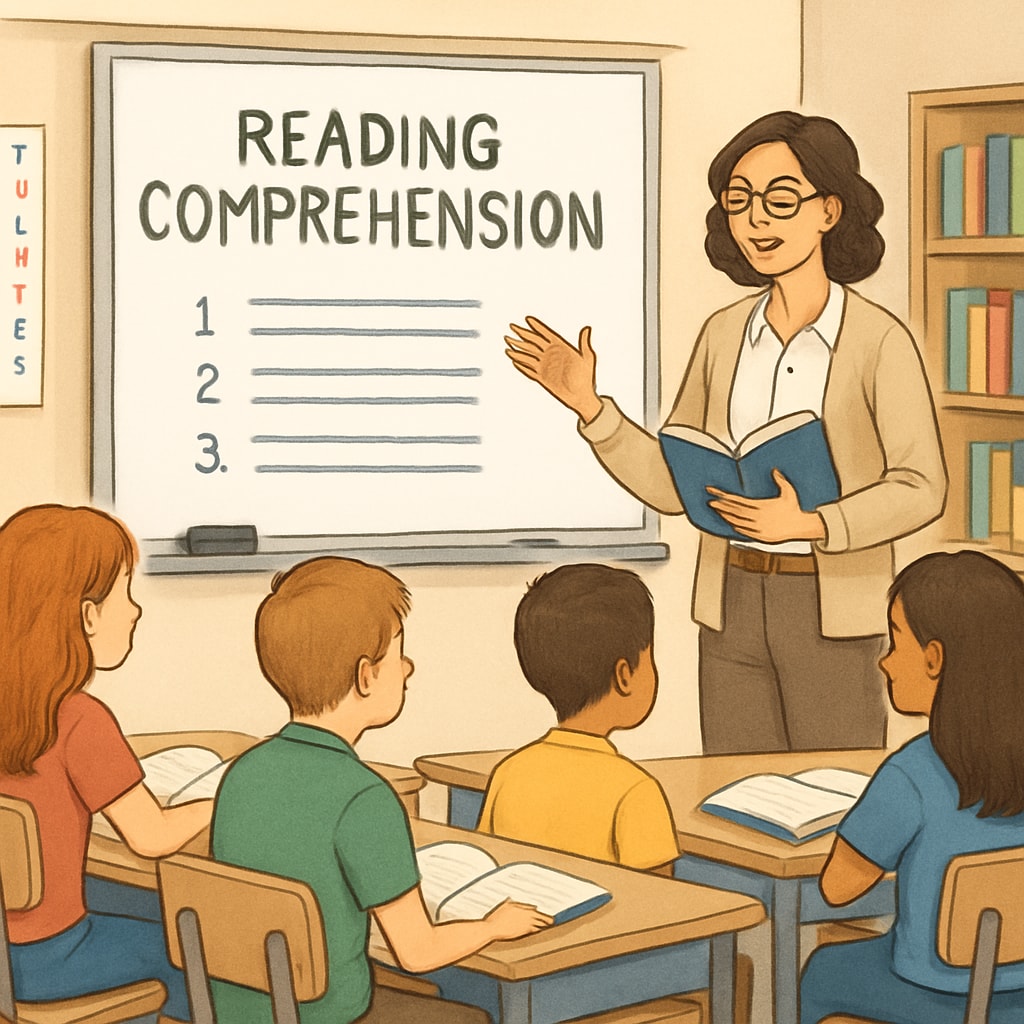Many K12 students face challenges when navigating Functional English exams, particularly in identifying the purpose of various texts. The key to success lies in understanding text functions—whether they aim to inform, explain, or persuade. This article explores practical strategies to help students accurately judge text purposes, strengthening their reading comprehension skills.

Understanding Text Functions: A Core Component of Functional English
Functional English exams often include diverse texts, each crafted with a specific purpose. These purposes generally fall into three categories:
- Information: Texts designed to present facts or data, such as news articles or instructional manuals.
- Explanation: Texts that clarify processes or ideas, like scientific reports or educational guides.
- Persuasion: Texts aimed at influencing opinions, such as advertisements or opinion editorials.
For example, a text discussing the benefits of recycling may aim to persuade readers, while a step-by-step guide to setting up a recycling program serves to explain.
Practical Techniques for Judging Text Purpose
Students often struggle to distinguish between these functions, but applying specific strategies can simplify this process:
- Analyze language and tone: Persuasive texts often use emotional appeal and strong opinions, while informational texts rely on neutral and factual language.
- Identify structural clues: Look for headings, bullet points, or numbered lists that may indicate explanatory texts.
- Examine the intent: Consider why the author wrote the text—what do they want the reader to do or understand?
By honing these techniques, students can systematically approach reading tasks and make more accurate judgments.

Applying Knowledge in Exam Situations
To succeed in Functional English exams, students must practice these strategies in real-world contexts. Here are three actionable tips:
- Practice with varied texts: Regularly read articles, guides, and advertisements to familiarize yourself with different text functions.
- Use mock exams: Simulate test conditions to build confidence in identifying text purposes under time pressure.
- Seek feedback: Discuss your answers with a teacher or peer to refine your understanding and methods.
These habits will not only improve exam performance but also enhance critical reading skills for everyday life.
Conclusion: Overcoming Text Purpose Judging Challenges
Understanding text purposes—whether informing, explaining, or persuading—is a cornerstone of success in Functional English exams. By applying systematic strategies and practicing regularly, students can overcome common challenges and build strong reading comprehension skills. Remember, clarity and practice are key to mastering this essential aspect of language learning.
For more insights into reading techniques, explore resources like the Reading Comprehension Guide on Britannica or Functional English Overview on Wikipedia.
Readability guidance: Use concise paragraphs, lists, and examples to maintain clarity. Incorporate transitions like “however,” “as a result,” and “in addition” for smooth flow.


